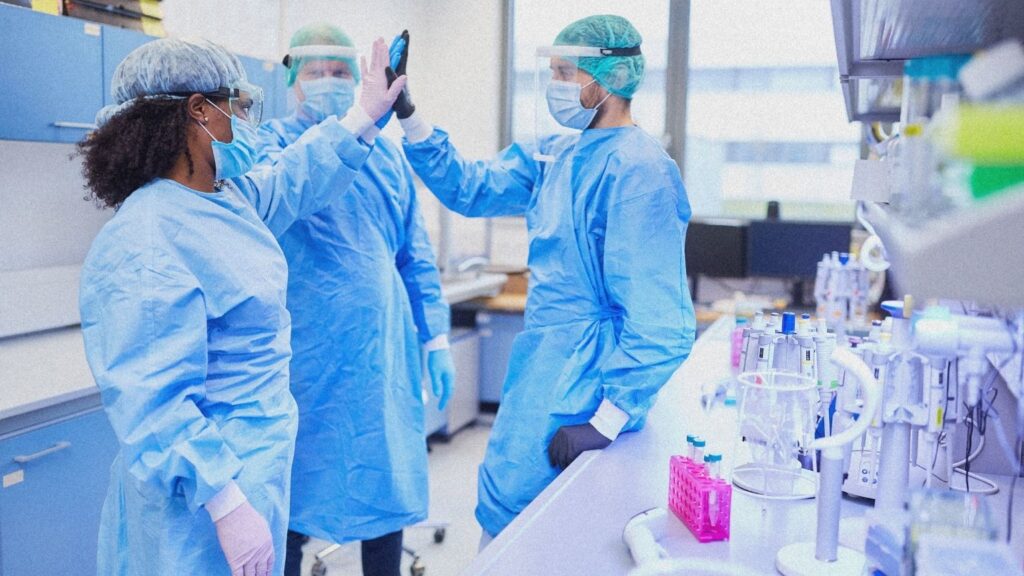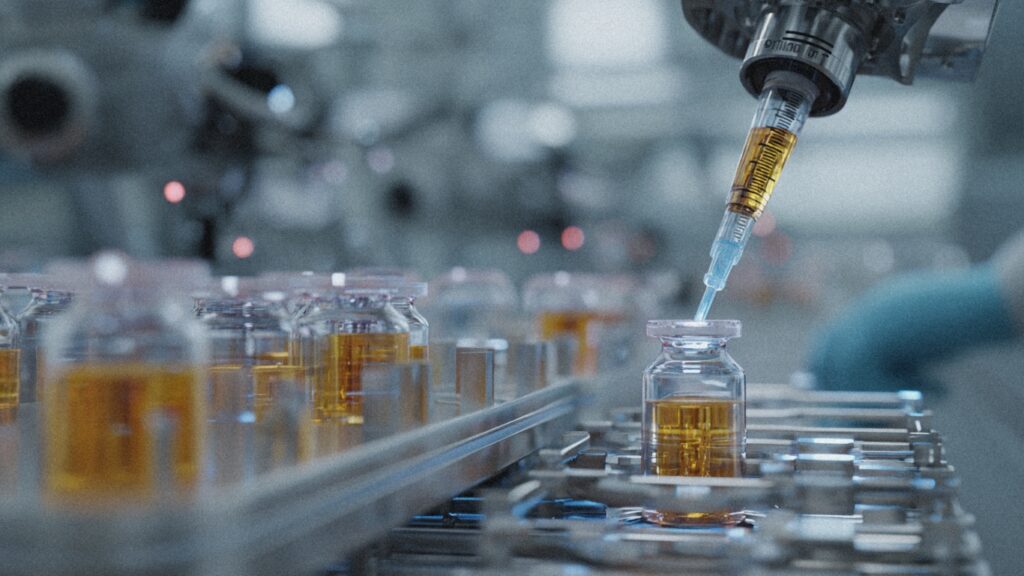As we move further into 2024, the medical technology industry continues to innovate at an incredible pace, bringing new devices that improve patient outcomes and streamline healthcare practices. These cutting-edge devices not only revolutionize treatment but also enhance diagnostics, monitoring, and therapeutic techniques. Below, we highlight five of the most exciting breakthrough medical devices of 2024, supported by clinical studies and regulatory milestones.
1. The Adaptive Hydrogel Nerve Cap (Tulavi Therapeutics)
Clinical Application: Nerve Repair and Neuroma Prevention
Impact: Tulavi Therapeutics has introduced the allay™ Nerve Cap, a hydrogel-based device designed to prevent painful neuromas and improve nerve repair outcomes. With its proprietary Adaptive Hydrogel Technology, the allay™ Nerve Cap provides a flexible solution for nerve protection, significantly reducing the risk of adhesions and post-operative complications.
Study Findings: Clinical trials show a remarkable 85% reduction in neuroma formation in post-surgical patients, demonstrating a promising alternative to traditional nerve repair techniques. FDA De Novo Classification is expected by mid-2024.
Why It’s a Game-Changer: The innovative design optimizes nerve healing, offering more predictable recovery outcomes, which could dramatically improve the quality of life for patients undergoing nerve surgeries.

The biotech industry continues to evolve rapidly, with groundbreaking research in gene editing and stem cell therapy paving the way for revolutionary treatments. These fields have the potential to cure genetic disorders, regenerate damaged tissues, and even prevent life-threatening diseases. In this article, we delve into the latest advancements in gene editing technologies, such as CRISPR, and highlight emerging stem cell therapies that are transforming healthcare.
1. CRISPR-Based Gene Editing: Moving Beyond CRISPR-Cas9
- What’s New: While CRISPR-Cas9 remains one of the most popular and effective gene editing tools, scientists are now exploring second-generation CRISPR technologies, such as CRISPR-Cas12a and prime editing. These innovations offer more precise and efficient ways to edit DNA, potentially reducing off-target effects that have been a challenge with earlier CRISPR techniques.
- Study Findings: Recent studies have shown that CRISPR-Cas12a is more effective at targeting specific gene sequences, particularly in complex organisms. In one study published in Nature Biotechnology, researchers successfully used Cas12a to edit the DNA of human T cells with greater precision, offering new potential for treating blood disorders like sickle cell anemia and beta-thalassemia.
- Why It’s a Game-Changer: With improved accuracy and efficiency, these new gene editing technologies could lead to safer and more effective treatments for a range of genetic diseases. Additionally, they are opening doors to new research possibilities, including in vivo gene editing (editing genes directly inside the body) for conditions like muscular dystrophy and inherited blindness.

5. Base Editing: A More Precise Alternative to Traditional Gene Editing
- What’s New: While traditional CRISPR technology involves cutting the DNA to make edits, base editing offers a more refined approach by chemically altering individual DNA bases without making double-stranded breaks. This reduces the risks associated with DNA cutting, such as unintended mutations or chromosomal rearrangements.
- Study Findings: In a recent study published in Nature, researchers used base editing to correct a mutation that causes sickle cell disease in human blood cells. The corrected cells showed normal behavior, and when transplanted into mice, they effectively cured the disease.
- Why It’s a Game-Changer: Base editing has the potential to treat a wide range of genetic diseases more safely than traditional gene editing methods. By targeting specific mutations at the molecular level, it could offer precise, one-time cures for conditions like cystic fibrosis, Tay-Sachs disease, and more.
Conclusion
The biotech industry continues to push the boundaries of what’s possible in medicine, with gene editing and stem cell therapy leading the charge. These innovative approaches hold the promise of curing previously untreatable genetic diseases, regenerating damaged tissues, and transforming patient care. As research continues to advance, we are witnessing the beginning of a new era in biotechnology, where the potential for life-changing therapies is becoming a reality.



